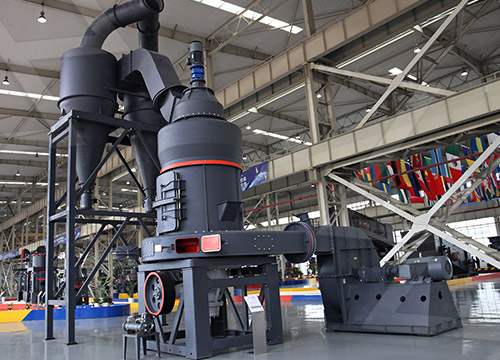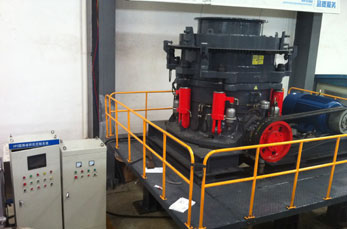Limestone mining in the Philippines is a significant industry due to the country’s abundant limestone deposits, which are essential for cement production, construction materials, and agricultural uses. Here’s an overview of key aspects:
 1. Importance of Limestone in the Philippines
1. Importance of Limestone in the Philippines
– Cement Production: Limestone is a primary raw material for cement manufacturing. Major cement companies like Holcim Philippines, CEMEX, and Republic Cement rely on local limestone quarries.
– Construction: Crushed limestone is used for road base, building aggregates, and concrete.
– Agriculture: Lime (processed limestone) is applied to neutralize acidic soils.
– Industrial Uses: Used in steel production, water treatment, and as filler in products like paint and plastics.
2. Major Limestone Mining Areas
The Philippines has rich limestone deposits in regions such as:
– Cebu – A major hub for cement plants and quarrying.
– Bohol – Known for high-quality limestone used in construction.
– Rizal & Bulacan (Luzon) – Key sources for Metro Manila’s construction needs.
– Mindanao – Expanding mining operations to support infrastructure projects.
3. Environmental & Social Concerns
– Deforestation & Habitat Loss: Quarrying can destroy forests and karst ecosystems (e.g., caves and sinkholes).
– Water Pollution: Dust and runoff from mining can contaminate rivers.
– Community Displacement: Some mining activities face opposition from local communities over land rights.
– Regulatory Issues: Illegal small-scale mining operations sometimes bypass environmental laws.
 4. Government Regulations
4. Government Regulations
The Philippine government regulates limestone mining through:
– Mining Act of 1995 (RA 7942) – Governs large-scale mining permits.
– Environmental Compliance Certificate (ECC) – Required under the DENR (Department of Environment and Natural Resources).
– Local Government Oversight – Provinces/municipalities may impose additional restrictions.
5. Sustainable Mining Initiatives
Some companies adopt responsible practices like:
– Reforestation programs near mined areas.
– Pollution control measures (e.g., dust suppression systems).
– Community development projects (e.g., livelihood programs).
6. Future Outlook
Demand for limestone is expected to grow due to infrastructure projects under the government’s “Build Better More” program. However, stricter enforcement of environmental laws and sustainable mining practices will be crucial.
Would you like details on specific companies or regions?





Leave a Reply